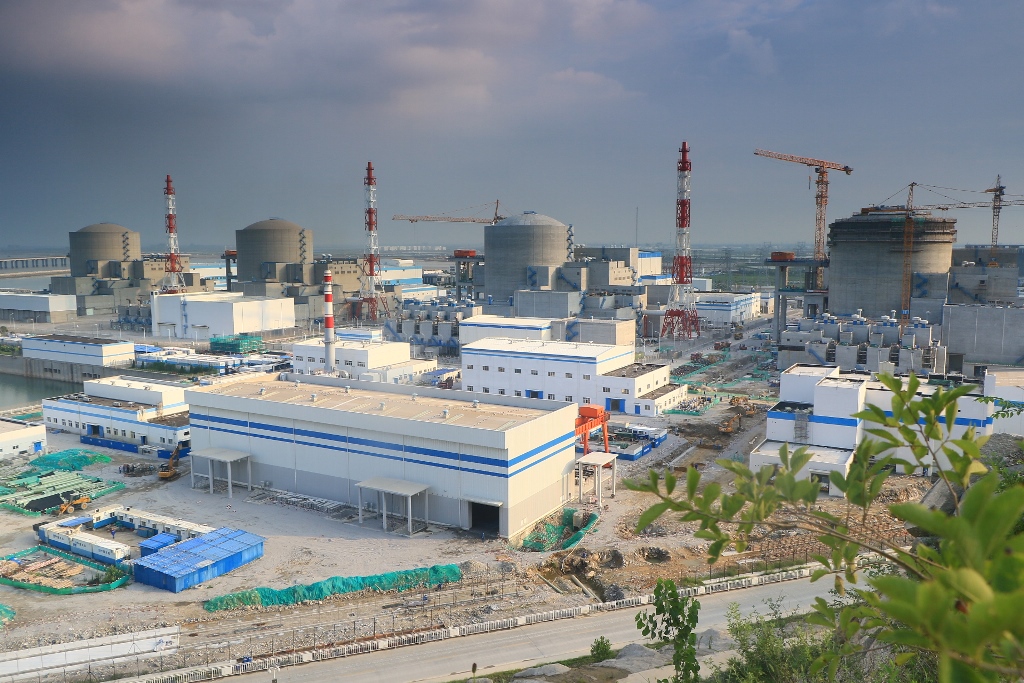
World Nuclear Performance in 2017
back to contents“Much needs to be done to deliver the Harmony goal (bringing the nuclear share in global electricity supply to 25% in 2050 – Rosatom Newsletter), but good progress has been made, both in terms of global reactor performance and new nuclear capacity additions,” World Nuclear Associaton’s Director General Agneta Rising said.
The global average capacity factor in 2017 was 81.1%, up from 80.5% for 2016. This maintains the high level of performance observed since 2000 following the substantial improvement seen over the preceding years. In general, a high capacity factor is a reflection of good operation performance. However, there is an increasing trend in some countries for nuclear reactors to operate in a load-following mode. The mean capacity factor for reactors over the last five years shows no significant variation regardless of their age.
In 2017 the total net capacity of nuclear power in operation grew to 394 GWe from 391 GWe in 2016. These figures are higher than the end of year capacity as they include those reactors that were closed during each year. The global capacity at the end of 2017 was 392 GWe, up from 390 GW in 2016.
Usually only a small fraction of operable nuclear capacity does not generate electricity in a calendar year. However, since 2011, most of the Japanese reactor fleet has been awaiting restart. Two reactors were restarted in 2017 and more are expected in 2018. “Japan reaffirmed its target for nuclear energy to supply 20-22% of the country’s electricity by 2030,” Agneta Rising underlined.
The net capacity of nuclear plant that generated electricity in 2017 was 352 GWe. The PWR continues to be the predominant reactor type in use, with all four reactors connected to the grid and four construction starts being based on PWR technology.
“In 2017 nuclear plants brought benefits to local communities, supported national economies and helped meet our growing global need for clean and reliable electricity. Through our Harmony program we are outlining the steps needed to allow nuclear generation to make its full contribution to our sustainable energy future,” Agneta Rising explained.
New Build
“The nuclear industry’s Harmony goal requires 1000 GW of new nuclear build by 2050. A path to that target is for 10 GW of nuclear capacity to be added each year between 2016-2020. After 2015 and 2016 each saw nearly 10 GWe of new nuclear capacity start up, a more modest 3.3 GWe was connected to the grid in 2017. However, in 2018 and 2019 more than 26 GWe of new nuclear capacity is scheduled to come online, meeting the overall target for this first five-year period,” World Nuclear Associaton’s Director General Agneta Rising explained.
With four construction starts (three of them with Russian-designed VVER reactors – Rosatom Newsletter), two reactor construction cancellations and four reactors being grid connected, the total number of reactors under construction fell by two to 59 over the course of 2017.
In 2017 four reactors were grid connected (one of them is VVER at Tianwan-3 – Rosatom Newsletter) and five were permanently shut down, although two of these were previously in long-term shutdown.
The median construction time was 58 months, down from 74 months in 2016, and equaling the lowest five-year median construction time achieved in 2001-2005.
“New countries are choosing nuclear energy to meet their future energy needs because of the many benefits that it will bring. Nuclear new build will offer opportunities for host country supply chain businesses to participate in the construction of the reactors. Host regions can benefit from investment in local infrastructure. Many jobs will be created, both during construction and operation of the plant,” Agneta Rising stated.
(World Nuclear Association report overview)




